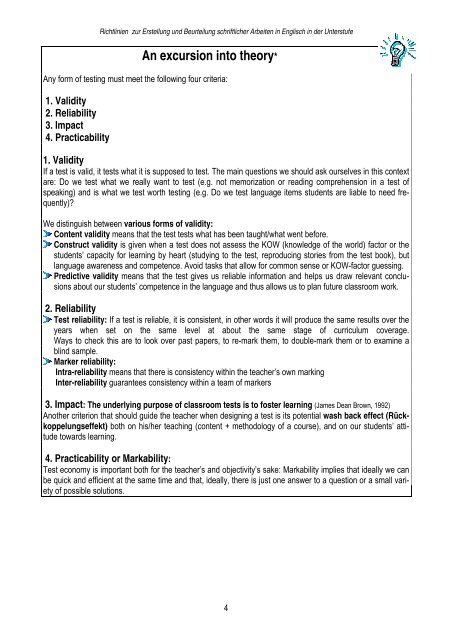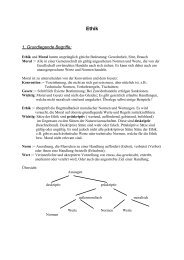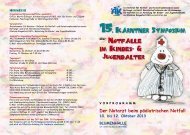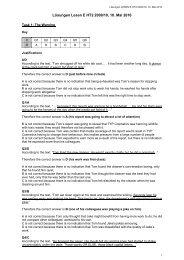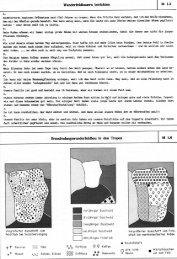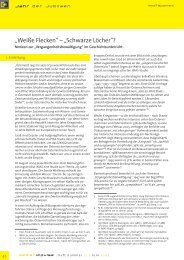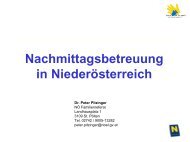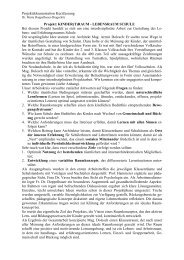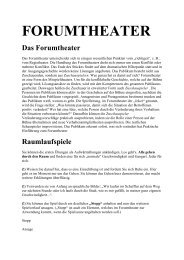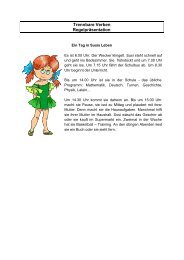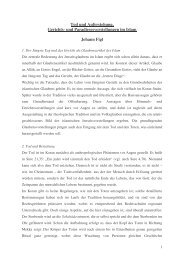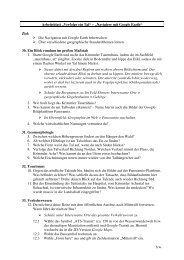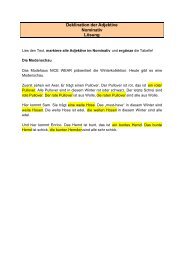Unterstufenpapierversion1#3#2005
Unterstufenpapierversion1#3#2005
Unterstufenpapierversion1#3#2005
You also want an ePaper? Increase the reach of your titles
YUMPU automatically turns print PDFs into web optimized ePapers that Google loves.
Richtlinien zur Erstellung und Beurteilung schriftlicher Arbeiten in Englisch in der Unterstufe<br />
An excursion into theory*<br />
Any form of testing must meet the following four criteria:<br />
1. Validity<br />
2. Reliability<br />
3. Impact<br />
4. Practicability<br />
1. Validity<br />
If a test is valid, it tests what it is supposed to test. The main questions we should ask ourselves in this context<br />
are: Do we test what we really want to test (e.g. not memorization or reading comprehension in a test of<br />
speaking) and is what we test worth testing (e.g. Do we test language items students are liable to need frequently)?<br />
We distinguish between various forms of validity:<br />
Content validity means that the test tests what has been taught/what went before.<br />
Construct validity is given when a test does not assess the KOW (knowledge of the world) factor or the<br />
students’ capacity for learning by heart (studying to the test, reproducing stories from the test book), but<br />
language awareness and competence. Avoid tasks that allow for common sense or KOW-factor guessing.<br />
Predictive validity means that the test gives us reliable information and helps us draw relevant conclusions<br />
about our students’ competence in the language and thus allows us to plan future classroom work.<br />
2. Reliability<br />
Test reliability: If a test is reliable, it is consistent, in other words it will produce the same results over the<br />
years when set on the same level at about the same stage of curriculum coverage.<br />
Ways to check this are to look over past papers, to re-mark them, to double-mark them or to examine a<br />
blind sample.<br />
Marker reliability:<br />
Intra-reliability means that there is consistency within the teacher’s own marking<br />
Inter-reliability guarantees consistency within a team of markers<br />
3. Impact: The underlying purpose of classroom tests is to foster learning (James Dean Brown, 1992)<br />
Another criterion that should guide the teacher when designing a test is its potential wash back effect (Rückkoppelungseffekt)<br />
both on his/her teaching (content + methodology of a course), and on our students’ attitude<br />
towards learning.<br />
4. Practicability or Markability:<br />
Test economy is important both for the teacher’s and objectivity’s sake: Markability implies that ideally we can<br />
be quick and efficient at the same time and that, ideally, there is just one answer to a question or a small variety<br />
of possible solutions.<br />
4


